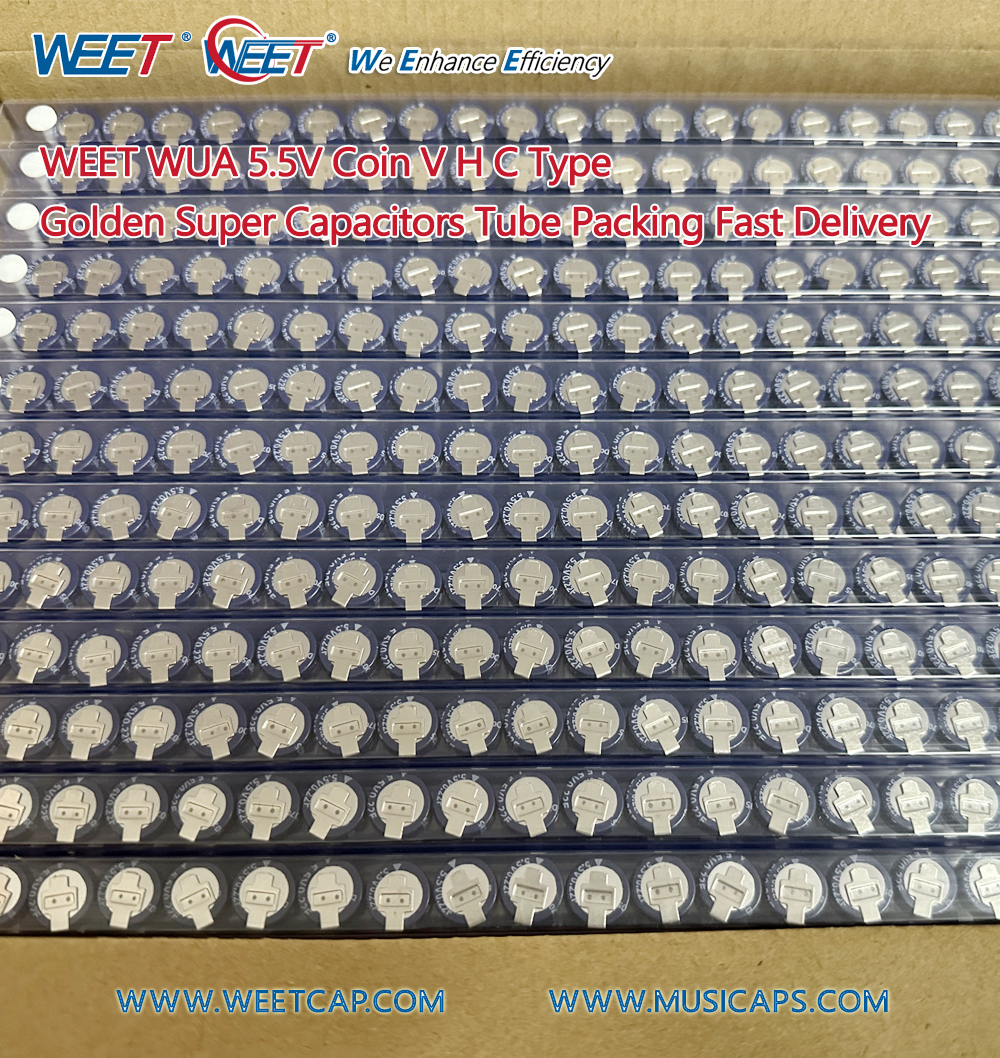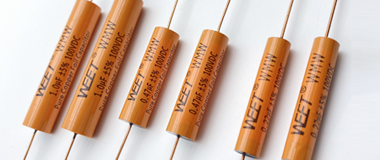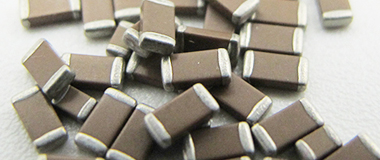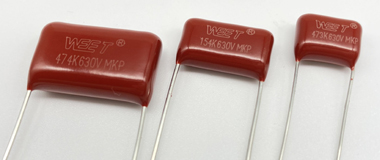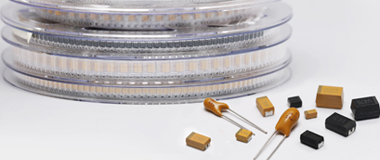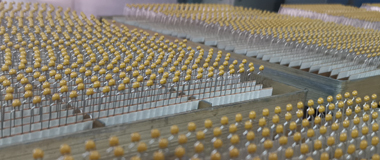In addition to its large capacity, super capacitors also have various advantages, including the ability to instantly open and quickly charge, without the need for too complex charging circuits, and are therefore applied in multiple fields.
1. Public transportation/electric vehicles
Due to the use of special processes, the equivalent resistance of super capacitors is very low, with large capacitance and low internal resistance. This enables super capacitors to have high peak currents, resulting in high specific power, up to 50-100 times that of batteries, and can reach around 10kW/kg. This feature makes super capacitors very suitable for short-term high-power applications, such as electric vehicles.
2. Wind power generation
Wind power generation is currently the fastest developing renewable energy generation technology. The use of super capacitors to store energy and suppress wind power fluctuations in important frequency bands of wind farm output power has good application prospects.
3. Microgrid/Grid
In network operation, when the total power generation capacity is less than the total load demand and enters island operation due to external faults, secondary loads must be cut off to protect important loads. If the external fault is an instantaneous fault, the microgrid will quickly reconnect to the main network due to the disappearance of the instantaneous fault and restart the secondary loads.
From the perspective of power supply stability and economy, it is unfavorable for secondary loads. Therefore, in the event of an external fault, super capacitors can be used to provide short-term power shortages to the microgrid operating on islands, maintain all loads, and wait for fault repair.
4. Building/Elevator Energy Efficiency
Super capacitors have excellent application effects and advantages in high-power electrical and electronic products, especially elevator products, and their application prospects are unlimited.
In recent years, the technology of supercapacitor has developed rapidly, and its electrode materials have been updated from activated carbon to new carbon nano material systems such as carbon nanotubes and Graphene; The structure of the device has continuously developed from the original symmetrical type towards asymmetric and hybrid systems such as batteries and capacitors;
The form of devices has also shifted from rigidity and opacity to flexibility and transparency. Technology changes the future, and we believe that the emergence and development of super capacitors will continue to innovate modern industrial technology and change the world we live in.
